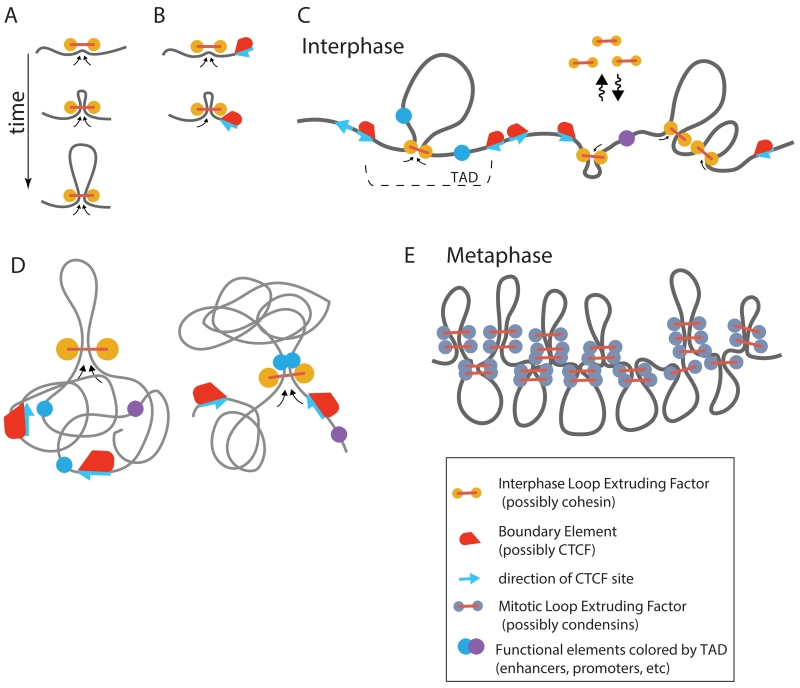Figure 3. Loop extrusion as a moderator of chromosomal communications.
A. The mechanism of loop extrusion. B. Blocking of loop extrusion by boundary element (e.g. CTCF) that can halt cohesin only if properly oriented, as determined by orientation of its binding site. Fudenberg et al. assumed that interactions with CTCF would halt loop-extruding activity of only one of two cohesin motors, while the unobstructed motor can continue extruding a loop. C. In this picture, loop extrusion is a universal mechanism that provides both formation of TADs and cis communication during interphase and chromosome compaction during mitosis, both by about 100Kb loops but with different spacing between the loops. During interphase loop extrusion is performed by cohesin and blocking at TAD boundaries can be performed by several factors, including binding by CTCF. Blocking of loop extrusion allows small insulating factors to insulate interactions between distal elements (Fig 2E). D. We propose that loop extrusion can also facilitate close-range contacts between functional elements, by bringing them in direct molecular contact. Such interactions are possibly only within a TAD and are completely insulated by extruding-blocking boundary elements. E. During mitosis, loop extrusion is performed by condensins that should be more abundant on DNA making each loop reinforced by multiple condensins (Goloborodko et al., 2015, 2016).

